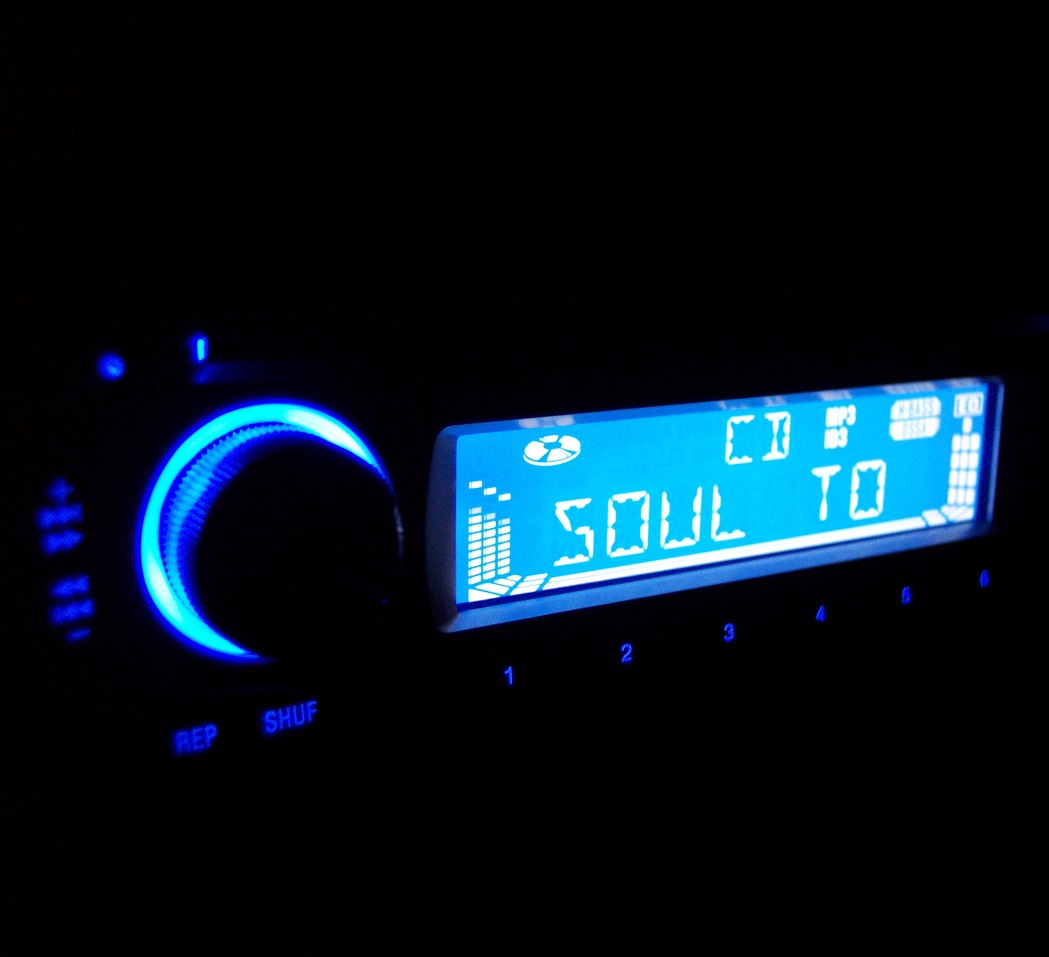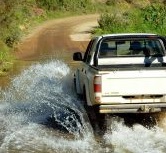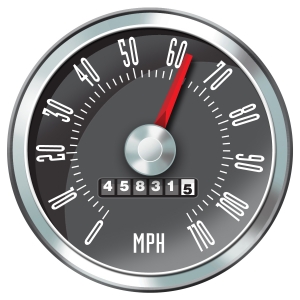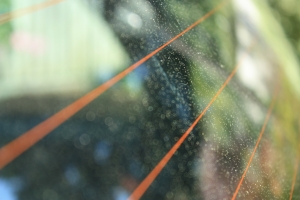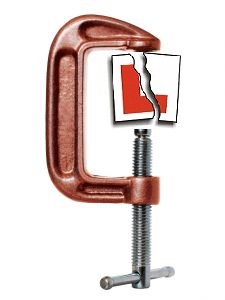It is possible for music to change a person’s mood and demeanour? The emotional connections we make with songs can have a range of effects from bringing back old memories to getting our hearts racing. It is therefore important to consider how this can impact on the way we drive.
Dr David Ireland who lectures in music psychology at the University of Leeds believes there is a strong relationship between listening to music and concentration levels. This relationship however, is not necessarily a negative one. There can be both positive and negative impacts of listening to music, depending on the characteristics of a given song.

Driven to distraction
The two key aspects that determine what the impact of what you are listening too will be are the tempo and volume. If volume and tempo are high the music will “influence our arousal levels”. The consequences of this heightened sense of arousal can be erratic and bullish driving.
The potential for music to distract a driver is also important to remember. Research has shown that more energetic music is more distracting to drivers. This can be particularly dangerous when in difficult driving conditions as you may already be at the limits of concentration.
Young drivers have shown to be more susceptible to distraction when their favourite songs begin playing. The study, carried out by Dr Warren Brodsky and researcher Zack Slor stated that:
“As they get drawn-in by a song, they move from an extra-personal space involving driving tasks, to a more personal space of active music listening.”
This particular study found that a staggering 98% of young drivers involved made mistakes while driving and listening to their favourite song.
Easy listening
The news isn’t all bad, and the message here isn’t “don’t listen to music”. Research carried out by Dr Simon Moore at London Metropolitan University found that listening to calmer music can actually aid concentration and potentially make you a better driver. By listening to music that has a tempo that closely matches a human’s heart rate you can avoid the potential distraction music could cause. Songs that have between 60 and 80 beats per minute are considered the safest to listen to while driving so are ideal listening when in your car; take a look at the playlist below for some inspiration.
About the Author
Mychal Whittle is a professional writer and driving enthusiast working on behalf of Chaucer Direct. Car insurance provider for safe drivers.

